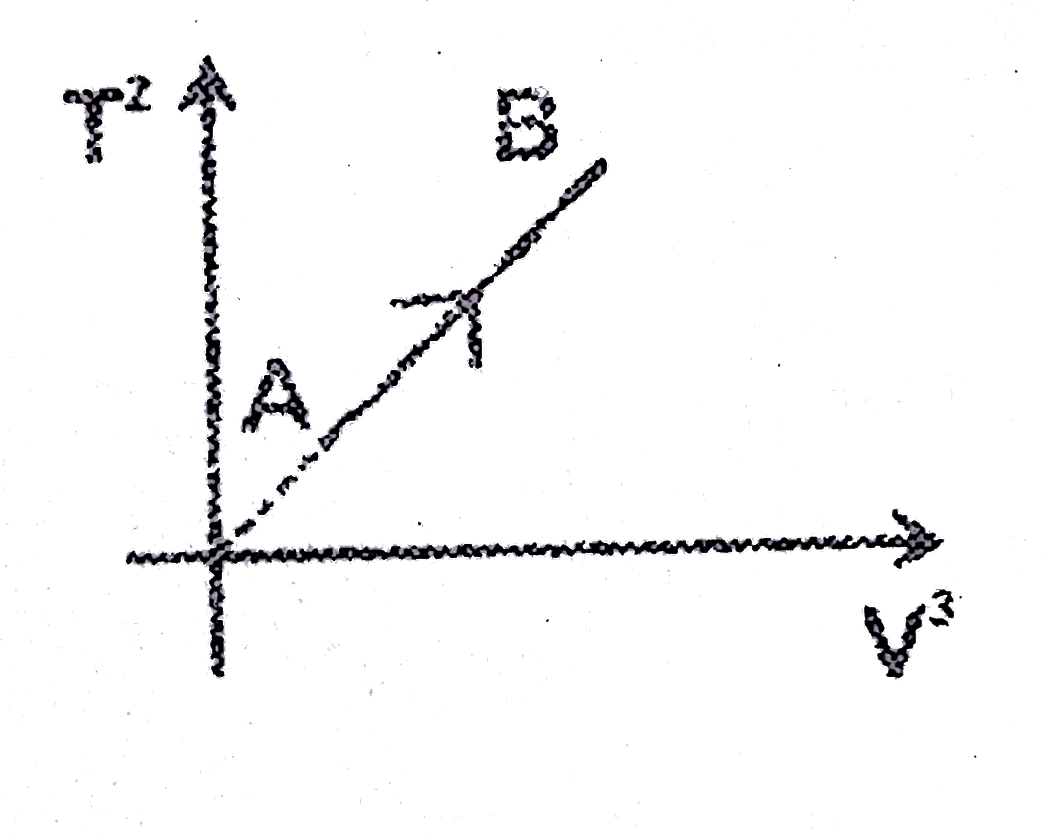The molar heat capacity for the process shown in fig. is 
A
C=Cp
B
C=Cv
C
C>Cv
D
C=0
Video Solution
Text Solution
The correct Answer is:D
For polytropic process
C=Rγ−1+R1−x⇒AsPV.=K⇒ Put x=γ
C=0
|
Updated on:21/07/2023
Topper's Solved these Questions
- BOOK - PHYSICS WALLAHCHAPTER - THERMODYNAMICSEXERCISE - NEET Past 5 Years Questions14videos
THERMODYNAMICS
- BOOK - PHYSICS WALLAHCHAPTER - THERMODYNAMICSEXERCISE - NEET Past 5 Years Questions14videos
THERMODYNAMICS
- BOOK - PHYSICS WALLAHCHAPTER - THERMAL PROPERTIES OF MATTER EXERCISE - NEET Past 5 Years Questions12videos
THERMAL PROPERTIES OF MATTER
- BOOK - PHYSICS WALLAHCHAPTER - UNITS AND MEASUREMENTS EXERCISE - NEET PAST 5 YEARS QUESTIONS10videos
UNITS AND MEASUREMENTS
Similar Questions
Knowledge Check
- Question 1 - Select One
The molar heat capacity for the process shown in figure is
 AC=CpBC=CvCC>CvDC=0
AC=CpBC=CvCC>CvDC=0 - Question 2 - Select One
Molar heat capacity is
Aextensive propertyBintensive propertyCpath functionDindependent of temperature - Question 3 - Select One
The molar heat capacity of water is
A4.184JK−1B75.3JK−1C85JK−1D1JK−1
Figure shows a process on a gas in which pressure and volume both change. The molar heat capacity for this process is C.
View SolutionWhat is the molar heat capacity for the process, when 10J of heat added to a monoatomic ideal gas in a process in which the gas performs a work of 5J on its surrrounding?
View SolutionIf molar heat capacity of the given process (as shown in figure) is C, then
 View Solution
View SolutionThe molar heat capacity of water is -
View SolutionIf ideal diatomic gas follows the process, as shown in graph, where T is temperature in kelvin and V is volume (m3), then molar heat capacity for this process will be [in terms of gas constant R]:
 View Solution
View Solution

